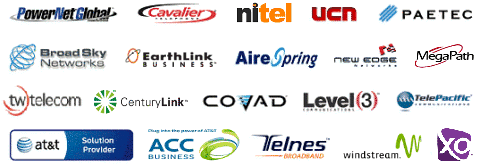T1 Internet Access for Dummies
The T1 Internet Service continues to be around for over 40 years yet never have there been so many "flavors" offered. The number of providers has leaped amazingly from deregulation in 1996 from a couple dozen to several thousand. As the telecom shakeout that started in 2001 continues most of these companies are trying to stay afloat by capturing as many customers as feasible with low-cost solutions they assert to be T1. Do not be fooled!
Many of the desperate businesses are putting together substandard products they assert are T1 products. Be wary of products with the weird titles such as "burstable" as well as "reach". These products can be oversubscribed much like a DSL product. This means the provider places a single T1 link in a CO (Central Office) and gives T1 connections to three or four customers hoping they usually do not all use the resource simultaneously. T1 access means sole access to the web and you always have access to 1.54Mbps.
Make sure your T1 product for Three Forks is a "clearchannel" item and isn't shared with different clients. Also be sure you have a powerful SLA or Service Level Agreement from your provider. A SLA will define the access you will get and the expense the service supplier pays in the event that they do not supply such service. If you need help, establishing the correct SLA gives you the help of a professional in case you don't have one in house. It's much better to spend a tiny fee up front than to enter a long term contract with an substandard carrier. You can also receive professional assistance free of charge by just contacting among the many T1 brokers on the web.
We broker Three Forks T1 Price. This page is a short summary of the products specifically offered by T1Market in Three Forks.
Going forward, our objective is to constantly enhance our product offerings. We now provide enterprise items typically utilized by larger corporations, specifically: fiber ethernet, MPLS network service, OC3, and cloud computing bandwidth delivered over a fiber optic backbone. Several of our carriers even supply cost-free managed Cisco routers for multi-year contracts. Mainly, our goal is to build a bond with you - our client - that will last for years to come. Obtaining your trust is just what we do all the time. Conserving you money on affordable broadband services is exactly how we keep it.


